CARMEC Study
California Residential Methane Emissions Characterization (CARMEC) Study
Lawrence Berkeley National Laboratory (LBNL), is conducting a field study to gather data from California homes on methane emissions from gas appliances. LBNL is partnering with Richard Heath & Associates, Inc. (RHA) and other community based organizations to recruit single-story houses with two or more residents and at least three gas appliances within their structure to participate in this research study.
Who is funding this study?
The California Energy Commission (CEC) is funding LBNL to conduct this research study to measure methane emissions from gas appliances in California homes. We are interested in quantifying methane emissions because it is a greenhouse gas and contributes to our state's emissions.
Who can participate?
We are looking for households living in single-story houses with two or more residents that meet all three criteria:
- Within 70 miles of Chico, Fresno, and Bakersfield.
- Have at least three gas appliances within the building structure, such as a gas furnace, a gas water heater, a gas cooktop (or stove/range), a gas fireplace, a gas clothes dryer, and others.
- One of the following: (a) or (b) or (c):
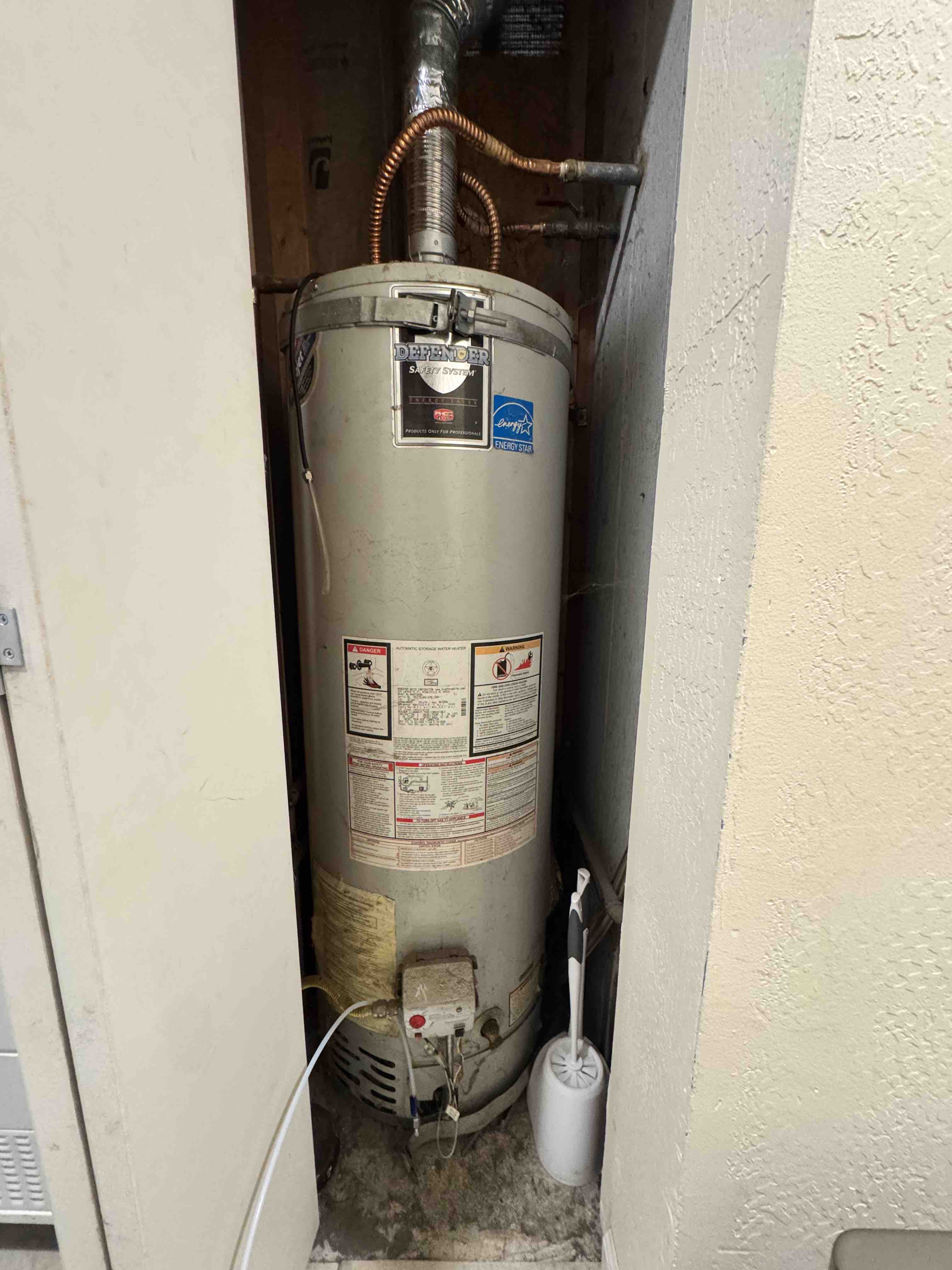
(a) Have at least one of the following gas appliances:
- Gas cooktop (or stove/range) with pilot lights
- Gas wall furnace that is direct vent (through the wall)
- Gas tankless water heater
- Outdoor grill connected to a gas line (NOT propane tank)
- Gas heater for pool or hot tub
- Indoor gas fireplace that is direct vent (through the wall)
- Outdoor fireplace or fire pit that is connected to a gas line
(b) House is located in a disadvantaged community
(c) Household self-reports as qualifying for low-income services or subsidies.
Our study is limited to single-story houses only. We may expand to include other types of homes (apartments, for example) and in other parts of California in future phases of our project.
How long does this take?
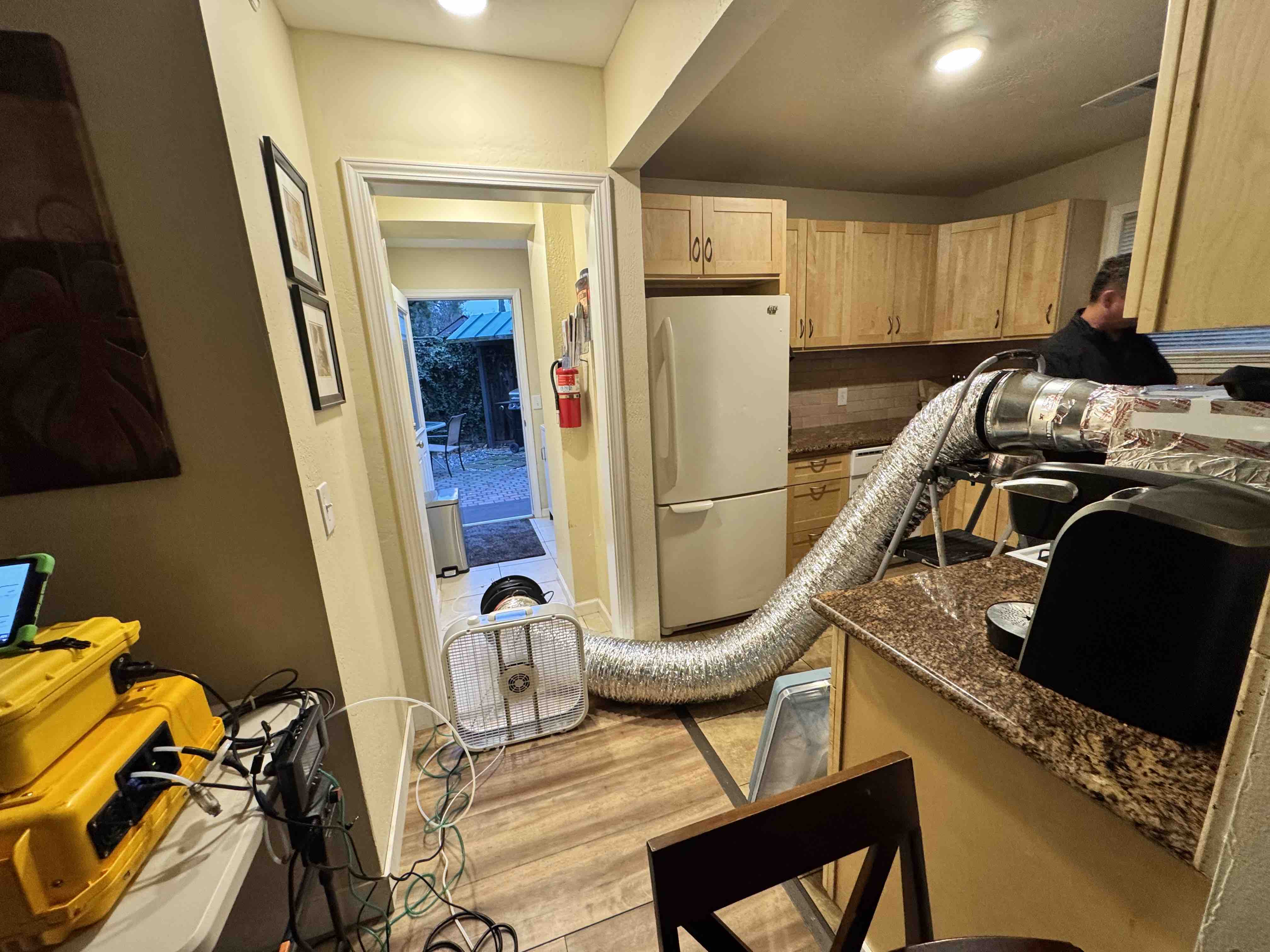
Full participation involves three visits.
- Screening Visit | A 30-minute visit for a field staff to confirm that your house and gas appliances meet the requirements. Field staff will collect information and take photos.
- Methane Measurement Visit | A 4-hour visit for two field technicians to visit your home to measure methane emissions from individual gas appliances and from your whole house.
- Device Pickup | A 20-minute visit for a field staff to return to your home to retrieve monitoring devices used to measure gas appliance usage.
All visits will be scheduled with you and occur during Monday to Friday, between 8am and 6pm. A responsible resident who is 18 years or older must be present for each visit.
What will we measure?
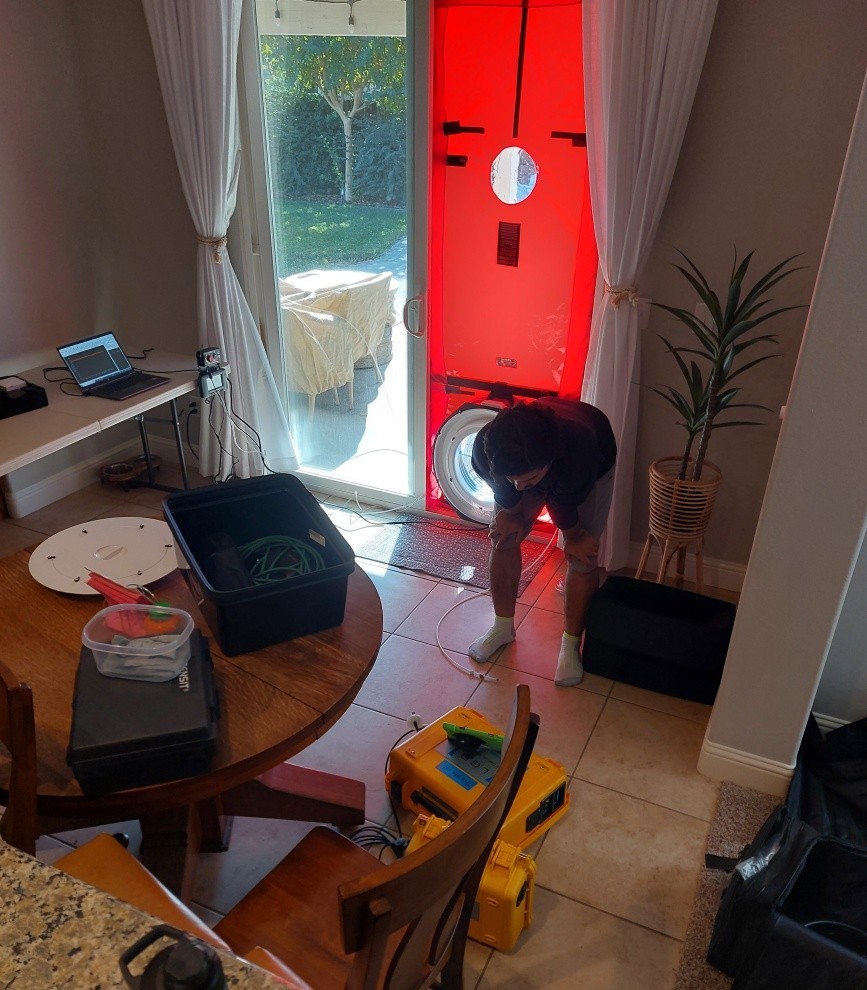
During the screening visit, a field staff will collect information about your gas appliances and take photos.
During the methane measurement visit, our field team will operate your gas appliances and measure methane (CH4) and carbon dioxide (CO2) concentrations using a gas analyzer. In addition, they will install a large fan in an exterior doorway and blow air out of your house to measure how much methane is emitted inside.
Small monitoring devices will be used to record when gas appliances are used for 2-3 weeks. You will also be asked questions about how your gas appliances are used in your home and some basic information about your household.
Why measure methane?
Methane is an important greenhouse gas, but its sources are not well understood. Even though small emissions from gas appliances typically do not pose health or safety concerns, these sources may account for an important fraction of California's emissions to the atmosphere.
How will we use your data?
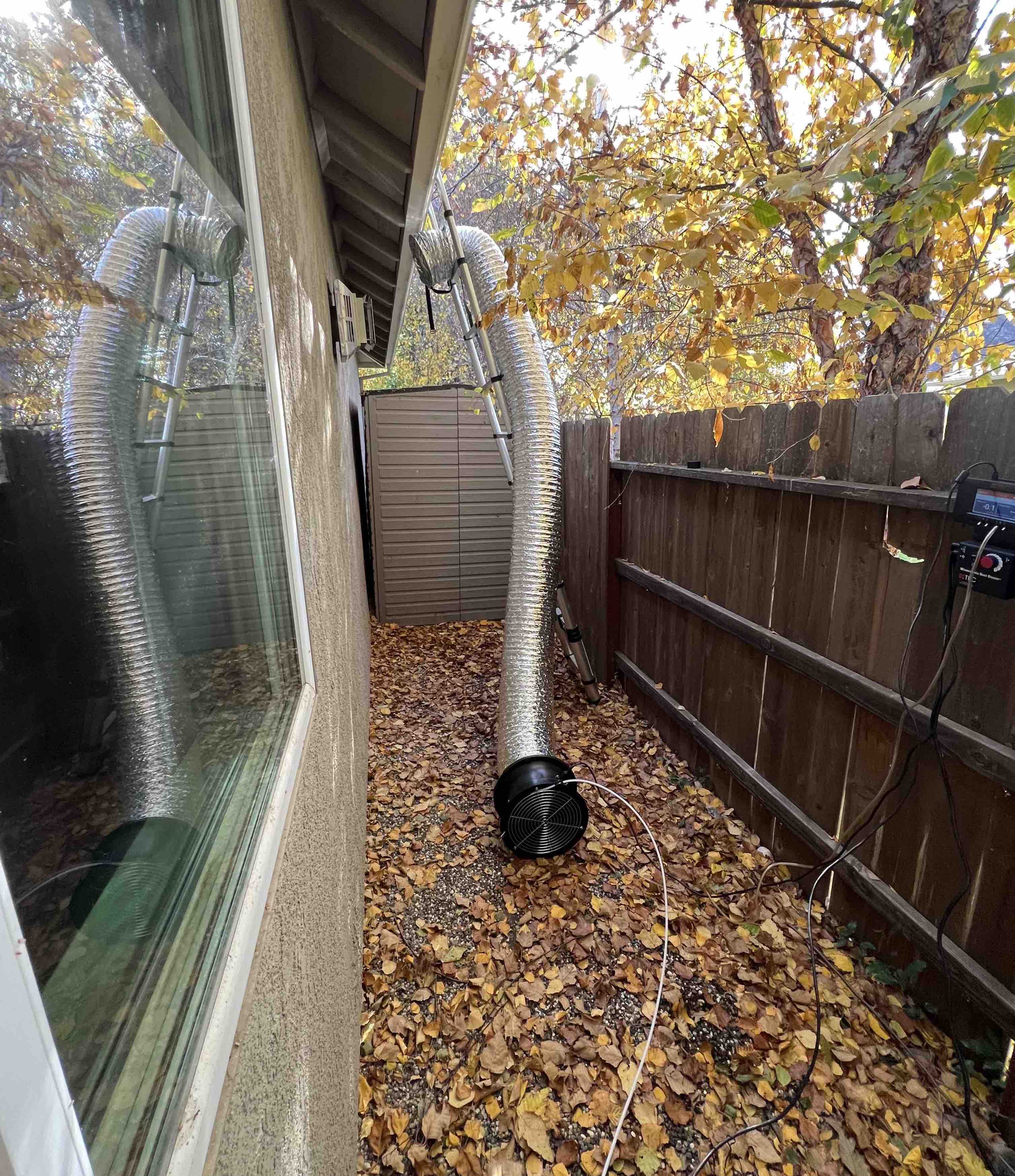 LBNL researchers will use data measured by the gas analyzer to calculate methane emissions from gas appliances when they are in use and when they are idling. Your data will be added to other measurements being collected from homes in California to estimate the contribution to our state's greenhouse gas emissions.
LBNL researchers will use data measured by the gas analyzer to calculate methane emissions from gas appliances when they are in use and when they are idling. Your data will be added to other measurements being collected from homes in California to estimate the contribution to our state's greenhouse gas emissions.
What will I learn from participating?
We plan to published our analysis of de-identified results from this field study in 2026. You will not receive an individualized report from the measurements.
In the rare event (<1 in 1000 homes) that RHA found unsafe conditions about your gas appliances, RHA will notify you about the conditions and advise you on actions to take. If necessary, RHA may call the gas company for assistance. For renters, this may also involve contacting the property owner as a standard practice of RHA.
What do I get for participating?
Study participants will receive an $80 gift card for completing the methane measurement visit. In some cases, study participants may also receive an extra $20 gift card to cover the additional cost of air conditioning incurred during our visit.
In addition, study participants will receive a $20 gift card for completing the screening visit, and a $50 gift card for completing 2-3 weeks of gas appliance usage monitoring.
Will others know that I participated?
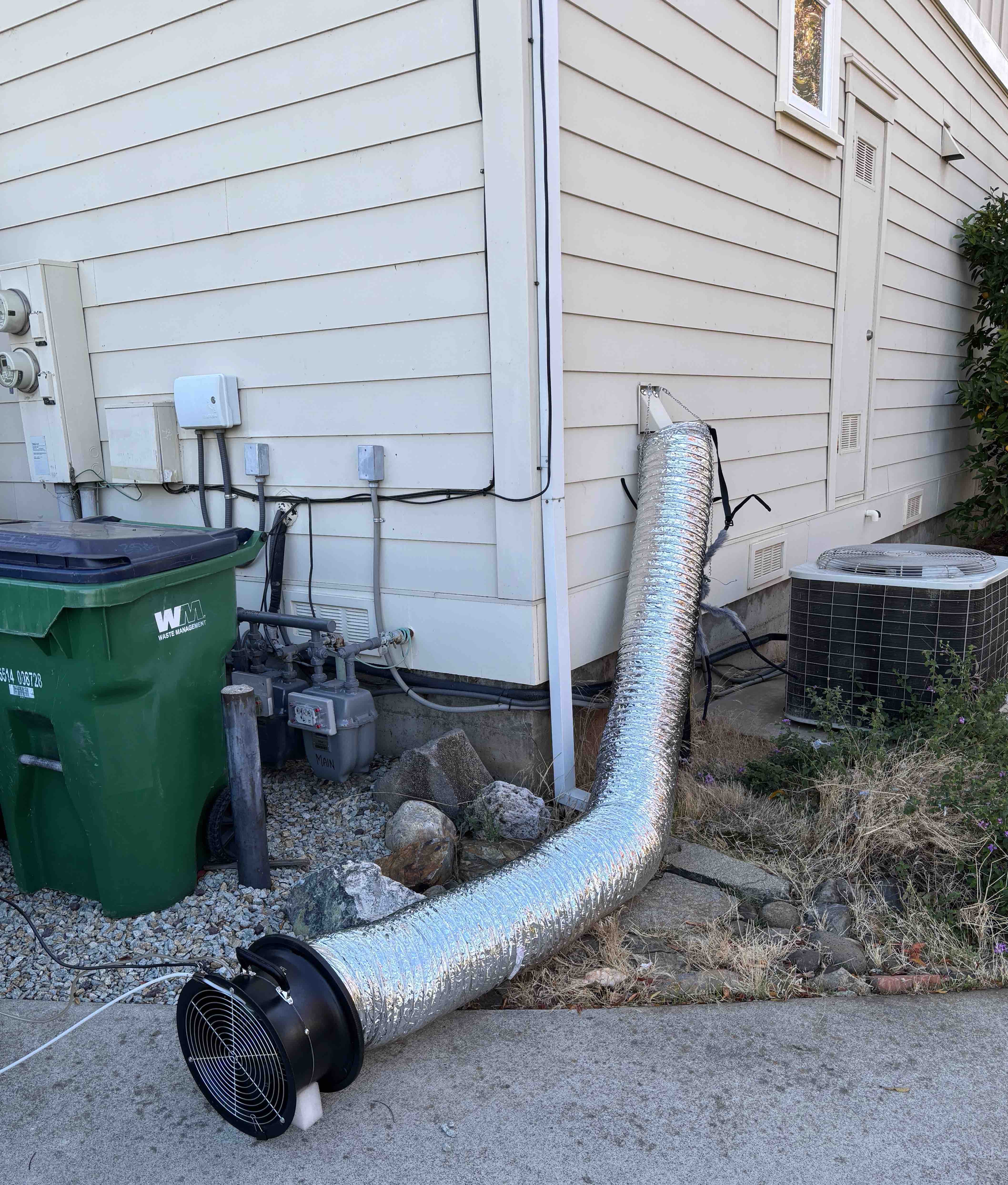 Published results will only include general information about participating homes and their gas appliances included in emission estimates. We will not disclose identifiable information, such as your name or contact information, with anyone.
Published results will only include general information about participating homes and their gas appliances included in emission estimates. We will not disclose identifiable information, such as your name or contact information, with anyone.
While our field team will take photos for documentation, any identifying features will be removed if your photos are used in publications.
Who can I contact to learn more about the study?
You can contact our research partners to sign up.
RHA's Project Team: [email protected] or (833) 890 8100
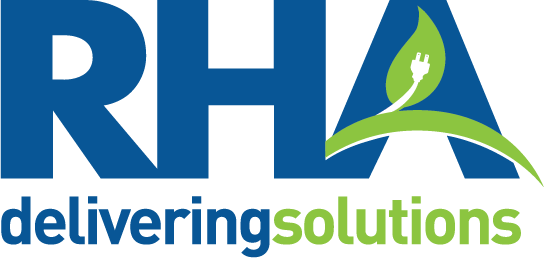
|  |  |
